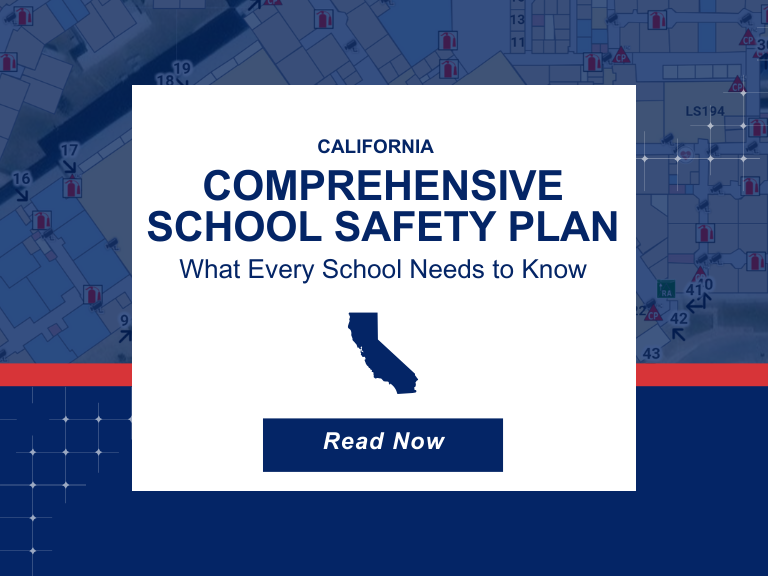Why GIS Data Goes Out of Date Fast – And How Public Safety Agencies Can Keep It Current
Why GIS Data Becomes Outdated — Especially in Public Safety
How quickly does Public Safety GIS data go out of date? The answer is… almost immediately! Let’s look at why this is the case, what the impacts to public safety are, and why effective GIS data management practices can ensure that your public safety GIS data remain accurate, reliable, and ready for 9-1-1 response.
The Top Causes of GIS Data Changes in Public Safety
One of the biggest drivers of this change is new residential and commercial construction. According to Census.gov, in 2023 alone, local building permit offices in the United States authorized 1,511,102 new privately-owned housing units—excluding commercial projects. Each new construction demands the assignment of a new 9-1-1 street address, which must be reflected in Public Safety GIS data so responders can quickly locate the new address during an emergency.
Other scenarios requiring changes to Public Safety GIS Data include:
- New Roads: In addition to new buildings, often new roads are constructed. These new roads also need to be added to Public Safety GIS data, so that responders can successfully and quickly navigate to emergency incident locations.
- Jurisdictional Changes: Annexations, consolidations, and other changes to jurisdictional coverage areas for 9-1-1 PSAPs and emergency responder agencies require immediate update to Public Safety GIS data, so that 9-1-1 calls are sent to the right PSAP, and so that the correct responder agencies are assigned to emergency incidents.
- Data Discrepancies: Sometimes discrepancies are detected in Public Safety GIS data, such as a misspelled street name, an address point in the wrong location, or incomplete road centerline segments. These errors must be detected and fixed as soon as possible to avoid negatively impacting emergency response times.
Best Practices to Keep Public Safety GIS Data Accurate
The key is to look at Public Safety GIS data management as an ongoing and continual daily process, and not a one-time event.
GeoComm is here to help. Our GIS Data Hub Software as a Service (SaaS), and recommended maintenance services help agencies keep their mission critical Public Safey GIS data up to date and ready to go for supporting any emergency by:
- Implementing monthly, weekly, daily, and emergency ad-hoc Public Safety GIS data update protocols.
- Providing consistent and automated GIS data quality assurance protocols, performance measurements, auditing, and reporting.
- Creating a continual feedback loop between GIS data authors and editors, and quality assurance mechanisms.
- Provisioning of GIS data updates to mission critical systems such as location-based NG9-1-1 network elements, PSAP 9-1-1 and CAD mapping applications, and emergency responder in-vehicle mapping and navigation systems and mobile apps.
By adopting effective GIS data management strategies, you can significantly reduce emergency response times and improve the efficiency of your 9-1-1 systems, ensuring that the right data reaches the right people at the right time.
Is your GIS data ready when it matters most?
Let GeoComm help you modernize your GIS data management. From daily data updates and quality assurance to automated map data provisioning, we support public safety agencies in delivering life-saving response through better map data.


